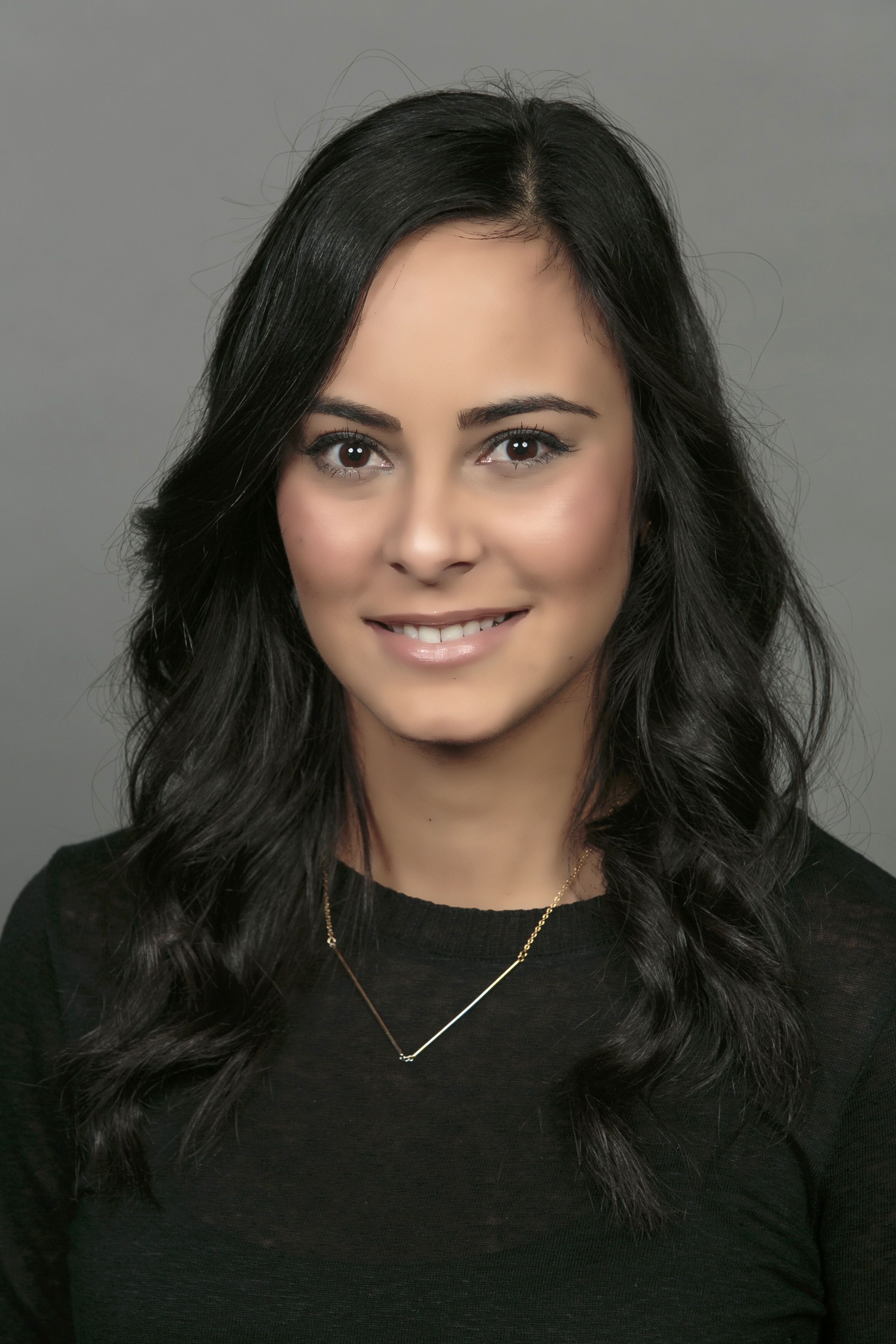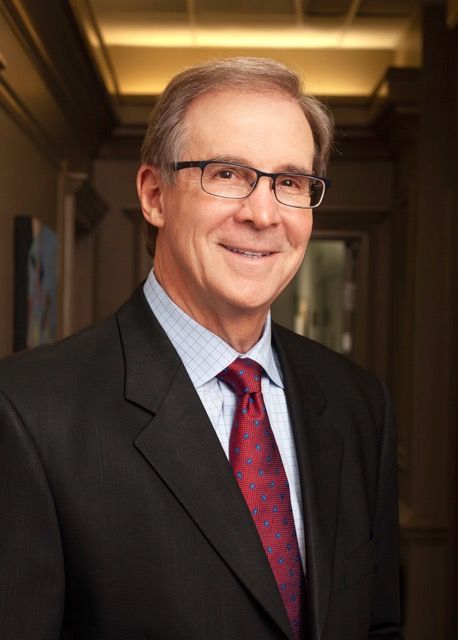- Case-Based Roundtable
- General Dermatology
- Eczema
- Chronic Hand Eczema
- Alopecia
- Aesthetics
- Vitiligo
- COVID-19
- Actinic Keratosis
- Precision Medicine and Biologics
- Rare Disease
- Wound Care
- Rosacea
- Psoriasis
- Psoriatic Arthritis
- Atopic Dermatitis
- Melasma
- NP and PA
- Skin Cancer
- Hidradenitis Suppurativa
- Drug Watch
- Pigmentary Disorders
- Acne
- Pediatric Dermatology
- Practice Management
- Prurigo Nodularis
- Buy-and-Bill
Publication
Article
Dermatology Times
Examining the prejuvenation trend
Author(s):
Dr. Fabi

Dr. González

Dr. Zeichner

Dr. Langsdon

Young people are turning to botulinum toxin, fillers, peels and more to prevent signs of aging. But are they doing it for legitimate reasons or simply succumbing to marketing messaging and perceived pressure?
The American Academy of Facial Plastic and Reconstructive Surgery (AAFPRS) released news earlier this year that millennials are in the spotlight for their desire of “prejuvenation,” a term some use to describe patients who begin noninvasive beauty treatments sooner to prevent rather than later to correct the signs of aging.
Nearly three-quarters of facial plastic surgeons report seeing an increase in patients younger than 30, according to the 2018 AAFPRS annual member survey.
But does treating 20- and 30-year-olds really prevent aging? And is it safe?
Sabrina Fabi, M.D., a dermatologist in San Diego, says it’s more about treating the signs of aging that are actually occurring than it is about “prejuventating.”
“We start losing bone at age 25 and that bone loss becomes significant by 35. The reason people start to notice wrinkles - even though they’ve been frowning, laughing and lifting their foreheads all their lives - is because now every time they do that, the muscle doesn’t have bone to relax back onto. If you relax those muscles, then you’re able to minimize the appearance of lines and wrinkles,” Dr. Fabi says. “So, treating a 20- or 30-year-old is not inappropriate because they are already exhibiting the pathophysiologic signs of aging. It’s not that you’re pre-rejuvenating them, you’re treating them.”
There is evidence to suggest treating facial muscles that create significant lines with movement early might help people look younger as they age, according to Dr. Fabi, who was among the authors of a long-term study looking at patients whose glabellar lines were treated with onabotulinumtoxinA injections for an average 9.1 years.1
“Among the 89.7% of patients who reported looking younger, the mean perceived age was 6.9 years younger,” according to the paper.
Prejuvenation is a term that’s being used for younger patients looking to prevent sun spots, wrinkles and skin sagging, according to dermatologist Noelani González, M.D., director of Cosmetic Dermatology-Mount Sinai West.
“We are seeing a trend where these services are being marketed to younger patients, starting with skincare including sun protection, antioxidants and retinoids, and ranging to the early use of neuromodulators, fillers and fractional resurfacing in their late 20s to early 30s, such as the non-ablative fractional resurfacing Clear and Brilliant [Solta Medical] laser, which is a favorite of mine for younger patients looking to improve their skin's texture, tone and give it an overall nice glow,” Dr. González says.
“Skin tightening procedures, such as radiofrequency and ultrasound tightening devices, can be a great adjunct to other cosmetic procedures for patients looking to tighten and stimulate collagen production. It should be noted that studies still need to be done looking at the ‘preventive’ effects of most of these procedures. It is definitely better to prevent, rather than to have to treat and attempt to turn back the clock.”
Dr. González cites a study published in 2015 on the long-term effects of onabotulinumtoxinA on facial lines in identical twins. “… twins were followed for a period of 19 years.2 One received treatment with botulinum toxin regularly every 4 to 6 months to the forehead, glabella and crow's feet, the other twin only received 4 treatments over the 19-year period,” Dr. González says. “Photographic documentation showed no glabellar lines at rest for the treated twin, whereas the sporadically treated twin demonstrated static glabellar lines at rest. Similar findings were seen on the crow's feet area, demonstrating the preventive effects of Botox.”
Dr. González says she practices what she preaches, having started "prejuvenation" in her mid-20s.
“There's no right age to start, but I am definitely an advocate of starting treatments early on if you have a need for it. I talk to [patients] about my experience,” Dr. González says. “I think we are starting to see younger patients become more aware of their skincare needs, and now with social media, they are also more aware of the range of treatment options out there. So, it's very important to know which treatments are appropriate and cost-effective for them, and not necessarily turn these patients away.”
Joshua Zeichner, M.D., director of Cosmetic and Clinical Research in Dermatology at Mount Sinai Hospital, says that cosmetic dermatology, like other specialties in medicine, is moving from treatment to prevention. Dr. Zeichner’s fastest growing group of cosmetic patients are women coming in to treat their “11” lines for their 30th birthdays, he says.
“Rather than address lines that are deeply etched into the skin, it is much easier and more effective to address these issues early and prevent them from progressing,” Dr. Zeichner says. “I typically recommend considering a neurotoxin treatment to adult patients when lines start to set in at rest. This may occur at 21 years old in one patient or 41 years old in another. If a line is not there, I do not presume that it will develop any time soon, so I do not recommend treatments to those patients.”
AAFPRS President Phillip R. Langsdon, M.D., agrees that providers should not treat unless there is a condition to be treated.
“My opinion is there is not enough evidence of the efficiency of any kind of supposed prevention or of the safety in treating people that don’t yet have defects to improve. That is why I err on the side of caution,” Dr. Langsdon says. “My feeling regarding Botox [Allergan] is that people should be treated only if they have a condition in which we can see a clinical improvement after treatment. Fillers, we use when a person has a defect or they’re showing the signs of aging. I don’t treat patients thinking I’m going to prevent aging; I treat them to try and reverse the signs of aging with fillers.”
But Dr. Langsdon says there are ways to prevent skin aging using sun protection. He says he’ll treat early signs of aging with medical-grade daily skin exfoliation and superficial chemical peels to rejuvenate skin and stave off skin aging.
“If there’s any use in the term ‘prejuvenation’ it would be in skin protection from the elements and sun exposure,” Dr. Langsdon says.
For further reading: Treating the Young Aesthetic Patient: Evidence-Based Recommendations. Published June 2017 in the Journal of Drugs in Dermatology.3
Disclosures:
Drs. González, Langsdon and Zeichner report no relevant disclosurfes. Dr. Fabi is a consultant, speaker, trainer and investigator for Allergan, Galderma, Merz, Valeant, Revance, Evolus and other companies.
References:
1. Trindade de almeida A, Carruthers J, Cox SE, Goldman MP, Wheeler S, Gallagher CJ. Patient satisfaction and safety with aesthetic onabotulinumtoxinA after at least 5 years: a retrospective cross-sectional analysis of 4,402 glabellar treatments. Dermatol Surg. 2015;41 Suppl 1:S19-28.
2. Rivkin A, Binder WJ. Long-term effects of onabotulinumtoxinA on facial lines: a 19-year experience of identical twins. Dermatol Surg. 2015;41 Suppl 1:S64-6.
3. 1. Bonati L, Fabi S. Treating the Young Aesthetic Patient: Evidence-Based Recommendations. J Drugs Dermatol. 2017;16(6 Suppl):s81-83.






